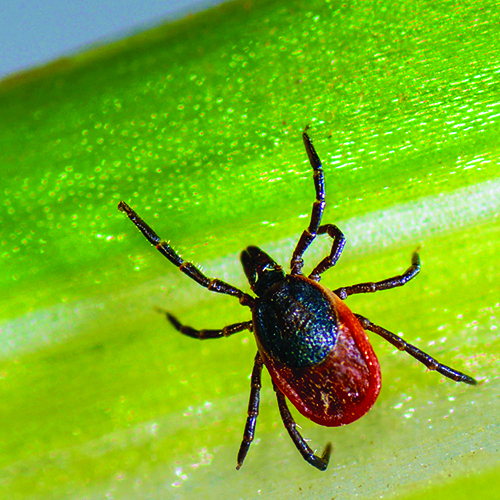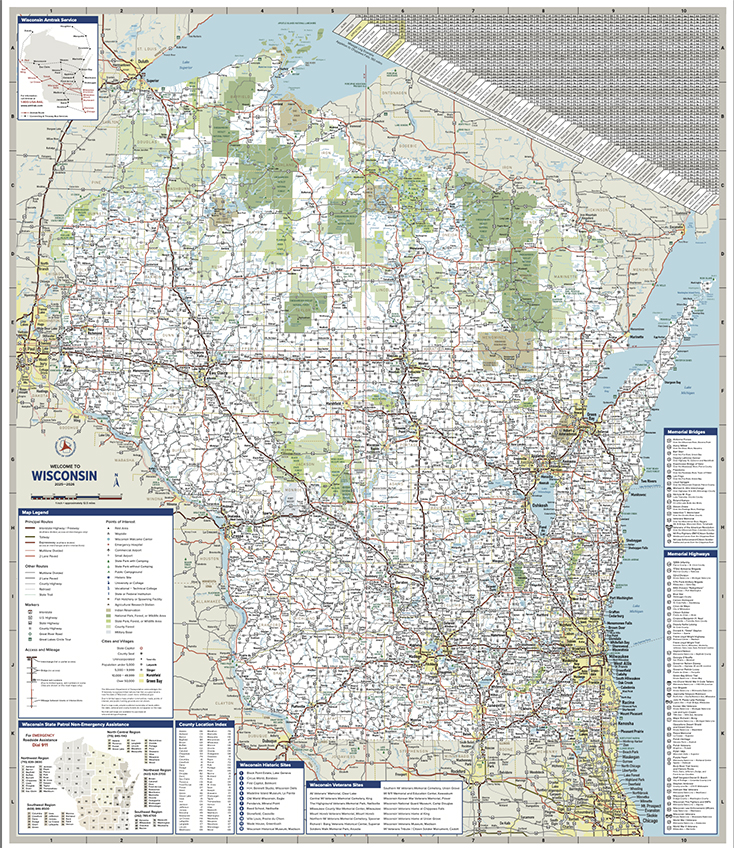Don’t mess around when it comes to dealing with ticks


With tick season underway, Lyme Disease Awareness Month is recognized by encouraging individuals and families across the Upper Midwest, to take steps to prevent tick bites and the serious illnesses they can transmit. According to the Centers for Disease Control and Prevention (CDC), over 89,000 cases of Lyme disease were reported in 2023, reflecting a significant increase from previous years, and a reminder of the growing public health concern.
“Anytime the ground is uncovered, we start to see ticks become active,” said Ashley Johnson, nurse practitioner. “The warmer it gets, the more active they become.”
Ticks are present across much of the region and can carry serious infections, including Lyme disease, anaplasmosis, Powassan virus and tick-borne relapsing fever. Deer ticks, also called black-legged ticks, are the primary carriers of Lyme disease, with their nymphs especially easy to overlook and more likely to transmit infection.
“There is actually a soft tick that we call the rustic cabin tick,” said Dr. James Thatcher, physician. “It only comes out at night, and can live for 15 to 20 years. It carries a different form of Borrelia, which causes tick-borne relapsing fever.”
It’s recommend to take the following ways to reduce the risk of tick bites:
• Wear light-colored, protective clothing and tuck pants into socks.
• Use EPA-approved repellents, like DEET or permethrin- treated gear.
• Try natural repellents made with ingredients, like cedarwood, clove or thyme.
• Perform full-body tick checks after outdoor activities, including on pets.
• Use fine-tipped tweezers to remove ticks gently and completely.
“When you remove a tick, you do not want to irritate it,” said Johnson. “If you squeeze the stomach or try to burn it off, it could release bacteria into your body.”
Symptoms of Lyme disease can vary, but often include fever, fatigue, joint pain and rash. In some cases, symptoms can progress or persist, if not treated early.



